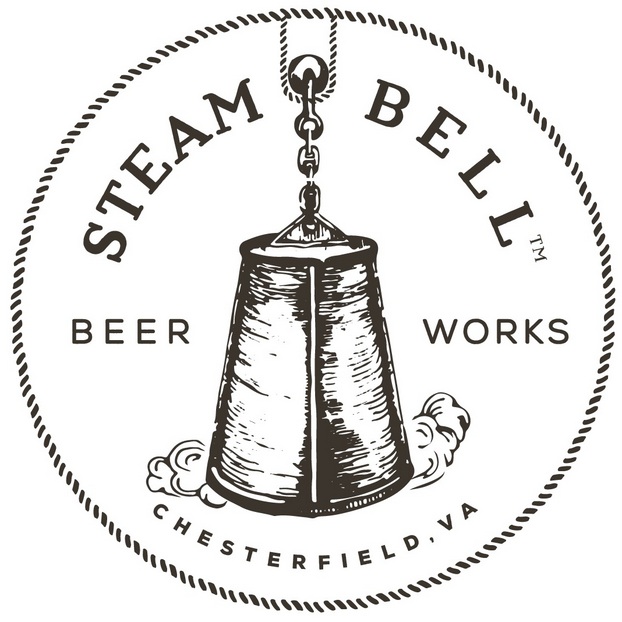So, how does one get started and ramp up beer sales? What were some key bullet points in your business plan at the outset?
Cooper: Ramping up production is a bit more difficult than just brewing more beer. Looking at the economics of it, to brew more beer, we needed more raw ingredients, and our suppliers have to be paid up front. Once the grain arrives in our warehouse a few days later it will sit until we’re ready to brew. Brewing takes up a day and fermentation time will take a few weeks following brew day. From there, the beer is moved into a bright tank for conditioning, carbonation and packaging. The packaged beer then sits in our warehouse until our distributor picks it up. From there we are on 30-day payment terms.
To scale up production requires a significant cash outlay without receiving payment on it for months. We were able to confront this by making Steam Bell a destination for people to come to. It’s no secret that the margins are higher on beer that we sell by the glass in the tasting room than they are on beer sold wholesale to our distributor.
We opened in an area of town we felt had a hole in the market for a venue where families are welcome, adults can grab a beer, enjoy various foods from onsite food trucks and enjoy live bands. We struck a jackpot, and while brewing on a 10-bbl system into 20-bbl tanks. We were having difficulty keeping up with the tasting room demand for the first few months.
The high traffic in the tasting room helped us from the offset to purchase better equipment, pay off our debts and make a few leasehold improvements.
How did you get this financed? And could you explain the agricultural grant process a bit more? Was that baked into your plan at the beginning?
The initial funding to open Steam Bell was all raised through private equity.
The Virginia Agricultural Grant we have applied for is available to benefit business that use a significant amount of Virginia Agricultural Products. We didn’t even know about this grant program until a few months in but made it a priority to connect with this group when we were ready to expand. We source as much as possible locally. The sweet potato beer we mentioned above, The Dawson, uses 200 lbs of sweet potatoes from Mechanicsville. We got all the peaches for our fall seasonal, Buckland, from a century farm in Crozet, and we partner heavily with Copper Fox Distillery on malt for some of our specialty brews.
What are the pros and cons of getting that many ingredients locally?
Anything local and small batch is going to be more expensive. For the higher price though we are actually paying for humans to be a part of the process whereas many larger multinational suppliers may have robots performing certain tasks.
For instance, at several times throughout the year, we have brewed beer using malt from the Virginia-based Copper Fox Distillery. Copper Fox grows their grain in Virginia, transports it to the distillery in Sperryville and malts it by hand. There is an actual human being that turns the malt by hand several times a day. I love seeing and supporting businesses like this, doing things in the same way they were done before mass production took over.
What is your sales breakdown like? Mostly tap room sales or distribution? And how many retail accounts?
Currently most of our sales are in the tasting room. Since opening we have sold approximately 90 percent of beer made on site in our tasting room. Now that we are more in the swing of things as far as a having a more concrete production schedule and better management of our supply chain, we are beginning to put more product out for distribution.
Since opening we have had beer in around 20 different locations in the Richmond market and have recently begun sending a little bit to the Charlottesville area. We are focused on growing our wholesale business but with two caveats.
We don’t want to extend ourselves much past Central Virginia. The further we get away from the brewery the less control we have over our beer and the more we get disconnected from our customers.
We are looking for the right partners to help us go to market. For us, that typically means smaller, independent spots that also prioritize localization and training for their staff. We know that by putting our beer into market, we lose the personalization of a member of our staff who may serve you a beer that he helped brew two weeks prior.
Read more fun stuff like this right here!







Leave a Reply
You must be logged in to post a comment.